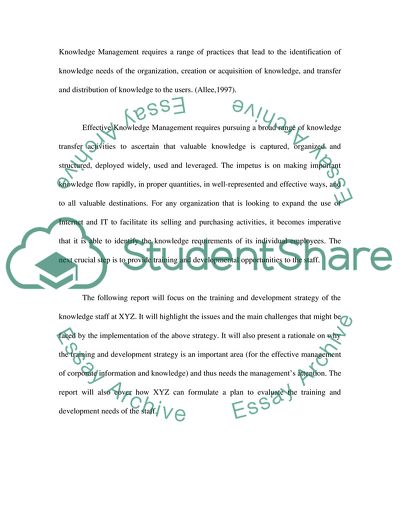Cite this document
(Training and Staff Development for Knowledge Workers Assignment - 2, n.d.)
Training and Staff Development for Knowledge Workers Assignment - 2. https://studentshare.org/human-resources/1707356-knowledge-management
Training and Staff Development for Knowledge Workers Assignment - 2. https://studentshare.org/human-resources/1707356-knowledge-management
(Training and Staff Development for Knowledge Workers Assignment - 2)
Training and Staff Development for Knowledge Workers Assignment - 2. https://studentshare.org/human-resources/1707356-knowledge-management.
Training and Staff Development for Knowledge Workers Assignment - 2. https://studentshare.org/human-resources/1707356-knowledge-management.
“Training and Staff Development for Knowledge Workers Assignment - 2”. https://studentshare.org/human-resources/1707356-knowledge-management.


